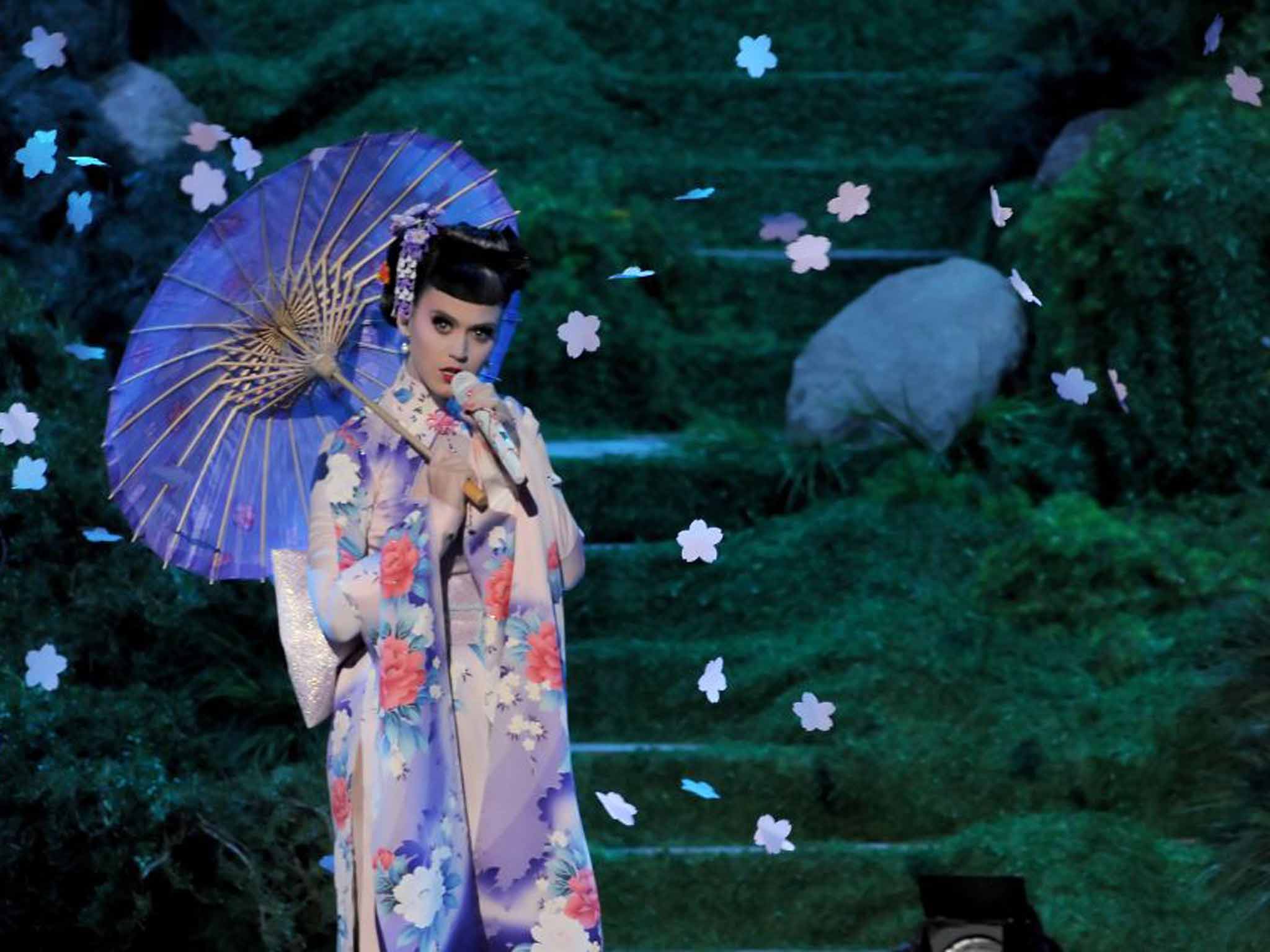Cultural appropriation: Are Picasso, Katy Perry and Turandot really problematic?
The knives are out for creatives suspected of 'cultural appropriation', referencing (some say exploiting) peoples to whom they have no direct link

A few months ago, I read The Orphan's Tales by Catherynne Valente. The fantasy novel draws on myths and folklore from many cultures, including, to my delight, fairy tales from my Russian childhood. Curious about the author, I looked her up online and was startled to find several social-media discussions bashing her for "cultural appropriation".
There was a post sneering at "how she totally gets a pass to write about Slavic cultures because her husband is Russian", with a response noting that her spouse isn't even a proper Russian, because he has lived in the US since the age of 10. In another thread, Valente was denounced for her Japanese-style LiveJournal username, yuki-onna, adopted while she lived in Japan as a military wife. Browbeaten, she dropped it.
Welcome to the new war on cultural appropriation. At one time, such accusations were levelled against truly offensive art – demeaning caricatures, minstrel shows and ethnological exhibitions (which literally put indigenous people on display, often in cages). But now they are being laid against anything that incorporates ideas from another culture, no matter how thoughtfully or positively.
A few recent examples: after the 2013 American Music Awards, Katy Perry was criticised for dressing like a geisha while performing her hit single "Unconditionally"; last year, Arab-American writer Randa Jarrar accused Caucasian women who practise belly dancing of "white appropriation of Eastern dance"; the Daily Beast's Amy Zimmerman wrote that pop star Iggy Azalea perpetrated "cultural crimes" by imitating African American rap styles.
And this summer, the Museum of Fine Arts in Boston has been dogged by charges of cultural insensitivity and racism for its "Kimono Wednesdays". At the event, visitors were invited to try on a replica of the kimono worn by Claude Monet's wife, Camille, in the painting La Japonaise. Asian-American activists besieged the exhibit with signs such as "Try on the kimono: Learn what it's like to be a racist imperialist today!". Others railed against "Yellow-Face @ the MFA" on Facebook. The museum changed the programme so that the kimonos were available for viewing only. Activists still complained the display invited a "creepy Orientalist gaze".
The concept of cultural appropriation emerged in academia in the late-1970s as part of the scholarly critique of colonialism and has gained a solid place in academic discourse, particularly in sociology. But while most critics of appropriation say they don't oppose engagement with other cultures if it's done in a "culturally affirming" way, a Daily Dot article admonishes that "an authentic cultural exchange should feel free and affirming, rather than plagiarising or thieving". And a recent post on the Tumblr "This Is Not China" declares that "cultural appropriation is not merely the act of wearing or partaking in cultural symbols and practices that do not belong to you, it's a system of exploitation and capitalisation on cultural symbols and practices that do not a) originate from b) benefit c) circle back to the culture in question."
Such litmus tests leave ample room for hair-splitting and arbitrary judgements. One blogger suggests that, while it was fine to let visitors try on the Boston kimonos, allowing them to be photographed in them was a step too far.
So what will be declared "problematic" next? Picasso's and Matisse's works inspired by African art? Puccini's "Orientalist" operas, Madama Butterfly and Turandot? The obvious fact is that peoples have borrowed, adopted, taken, infiltrated and reinvented from time immemorial. With its elaborate purity tests, the fine parsing of what crosses the line from appreciation into appropriation suggests nothing so much as a religion.
This is an edited version of an article from The Washington Post
Subscribe to Independent Premium to bookmark this article
Want to bookmark your favourite articles and stories to read or reference later? Start your Independent Premium subscription today.

Join our commenting forum
Join thought-provoking conversations, follow other Independent readers and see their replies